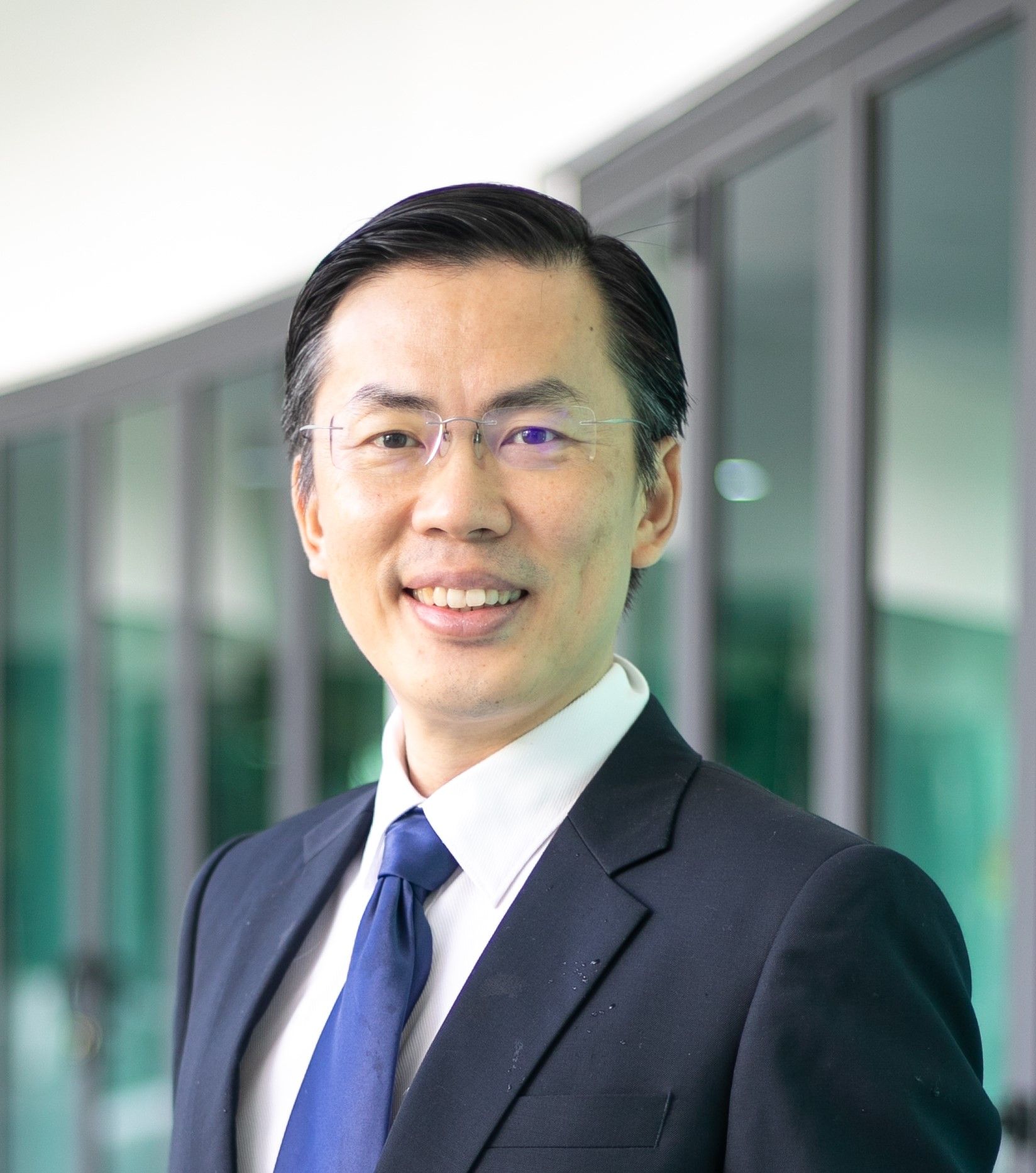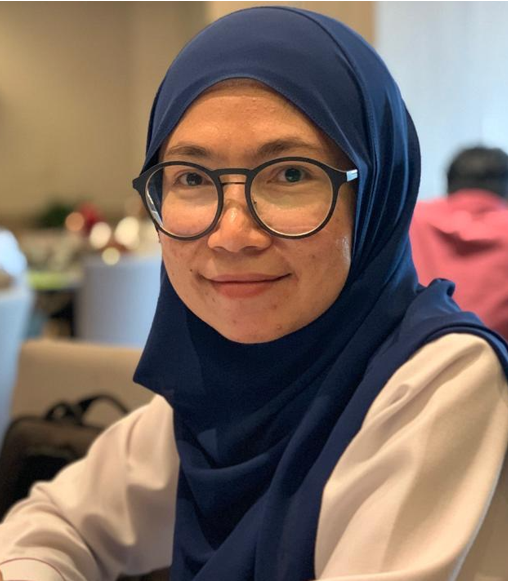Keynote Speakers
Keynote Speakers of ICon3E2023.
Professor Dr. Patrick Hosein
Patrick attended the Massachusetts Institute of Technology (MIT) where he obtained five degrees including a PhD in Electrical Engineering and Computer Science. He has worked at Bose Corporation, Bell Laboratories, AT&T Laboratories, Ericsson and Huawei. He has published extensively with over 150 refereed journal and conference publications. He holds 41 granted patents in the areas of telecommunications and wireless technologies. He was nominated for the Ericsson Inventor of the Year award in 2004, was the Huawei US Wireless Research Employee of the year for 2007 and is a 2015 Anthony Sabga Caribbean Laureate for Science and Technology. Patrick is presently the administrative and technical contact for the TT top level domain, CEO of the TTNIC and a Professor of Computer Science at the University of the West Indies. His present areas of research include Applied Data Science, Operations Research and Performance and Pricing Optimization for Cellular Networks.
Summary of Talk
Emerging Challenges and Opportunities for Pricing of Cellular Plans
The adoption of embedded subscriber identity module (eSIM) is accelerating rapidly and is anticipated to prevail over conventional physical SIM cards in the next few years. With several phone vendors switching to eSIMs and eSIM-only devices being launched in the market, a new ecosystem for offering and pricing cellular services will be created. The rise of the Internet of Things (IoT), expanding 5G roll-out, and upcoming enhancements available with beyond 5G (B5G) networks will further add to the complexity of this ecosystem. In this talk, we outline the disruptive effects of eSIM on pricing and business models and discuss several challenges and opportunities that will arise with its adoption. In particular, the possibility of seamless switching between providers will result in higher competition and increased churn, giving rise to interesting pricing strategies. We describe one such strategy, personalized pricing, and illustrate its advantages over traditional approaches.


Mr. Chu Jenn Weng
Mr. Chu Jenn Weng President & CEO of ViTrox Corporation Berhad
- Honour Bachelor's degree (USM) in Electrical and Electronics Engineering year 1993
- Master of Science in Engineering in 1998
Join us for a talk with Mr. Chu, the founder of ViTrox, a global high-technology company in Malaysia with over 30 years of experience in the machine vision industry and related fields. Chu worked as an instrumentation engineer for five years at Hewlett Packard Malaysia. He believed that if a company started in a garage and could become a global tech giant, he could also succeed with sheer determination, perseverance, and willpower set into motion. He cofounded ViTrox with Mr Siaw Kok Tong and Mr Yeoh Shih Hoong in 2000. The young trio has a lofty vision to go far; that is to build a great global high technology company in Malaysia by Malaysians. ViTrox started with just RM20K of seed capital to now a publicly listed company with more than RM 8B market cap and 1000 workforce. The company is still persistently pursuing greatness to continue innovating new and emerging technologies and expanding product offerings that create positive and altruistic values for the world through compassionate innovation.
Summary of Talk
Versatility of Electrical & Electronic Engineering Solutions for a Sustainable Future
In this talk, Mr. Chu will highlight how the versatility of electrical and electronics engineering solutions can be applied to various industries to create a sustainable future. He will emphasise the importance of interdisciplinary collaboration to develop innovative and effective solutions that address complex sustainability challenges. Additionally, Mr. Chu will share ViTrox's next 10-year plan and their continued pursuit of compassionate innovation and new technologies. Don't miss this exciting journey of discovering how electrical and electronics engineering solutions can play a crucial role in shaping a better future for the world.
Professor Ir. Dr. Erwan Sulaiman
Erwan Sulaiman received the B.E. degree in electrical engineering from the University of Malaya in 2001, the M.E. degree in electrical engineering from Universiti Tun Hussein Onn Malaysia (UTHM) in 2004, and the Ph.D. degree in electrical engineering from the Nagoya Institute of Technology, Japan, in 2012. He has been a Lecturer with UTHM since 2004, where he is currently a Professor with the Department of Electrical Power Engineering. His research interests include design optimizations of hybrid excited flux switching machines and wound field flux switching machines for electric vehicles and hybrid electric vehicles drive applications. This indicates that he is working towards designing more efficient and effective electrical machines for these applications.
Summary of Talk
Innovation of Flux Switching Machines: Design Variation Review
Flux Switching Machine (FSM) have been gaining interest over the last few decades due to their numerous advantages such as high torque density, high speed capability, ease of control, low vibration and low acoustic noise compared to conventional competing machine.
In addition, the structure itself provides favorable thermal management due to the location of PMs on the stator as well as passive and hence robust rotor structure which is suitable for high-speed applications. However, this machine is found to produce high cogging torque, high leakage current and complexity in flux weakening capability design. Many researches focus on tackling these limitations but there is limited review dedicate on the design variation of this kind of machines. This paper attempts to review the latest design variation in conventional Permanent Magnet Flux Switching Machine (PMFSM), Field Excitation Flux Switching Machine (FEFSM) as well as Hybrid Excitation Flux Switching Machine (HEFSM), which is the combination of both permanent magnet and field excitation. The review includes various armature slot and rotor pole analysis including stator structure, rotor structure and special structure with different approach to reduce drawback in conventional FSM. Besides various inner rotor and outer rotor topologies as well as double stator structures are also analyzed. The motivation of this review is to identify the potential research areas and gaps that the FSM could be more focus especially for industrial applications as well as transportation. Besides, design possibility in employing several structure to another structure to increase performances of the FSM is also emphasized. In conclusion, based on the literature review, 65% of FSM design is focusing on inner rotor structure while partitioned stator were the least at 11%.


Assoc. Prof. Ir. Dr. Norhaliza Abdul Wahab
Ir. Dr. Norhaliza Abdul Wahab is the Associate Professor in the Faculty of Electrical Engineering, Universiti Teknologi Malaysia. Dr. Norhaliza received her Ph.D in Electrical Engineering majoring in Control from the University of Strathclyde, United Kingdom in July 2009. She is actively involved in researching and teaching in the field of modelling and control, artificial intelligence, and optimizations. Her expertise is in industrial automation engineering. She has devoted her research to control and automation of water systems, industrial processes, and manufacturing system through national and international research collaborations. The automated fouling predictor for water treatment system has been successfully developed with International (Thailand) Collaborative Research Networking Grant (2020- 2021). Her research group currently focuses on industrial control automation of integrated water system, machine learning and deep learning applications towards sustainable development of membrane water filtration technologies supported by national (UTM High Impact and PRGS grants) and International (Spain) Collaborative Research Networking Grant (2021-2024). Another ongoing collaboration work is safe and flexible manufacturing focusing on cyber-physical system and intelligent computing system supported by International (Indonesia) Collaborative Research Matching Grant (2022-2023). Integration of engineering and process control together with intelligent computing harnessing the potential of digitalization in water treatment which is her recent research interest.
Summary of Talk
Digitalization in process and operation of water treatment for sustainable development of water industry
The current trend of industrial automation system and artificial intelligence tools, or what renowned by Industrie 4.0 is becoming an increasingly relevant and extremely important in process industries including water and wastewater treatment. The digitalization in process automation and control give high impact on the role of industrial control. As seen from digitalization, more improvements in product quality and reduced processing costs that increase overall profitability. The evolution of process control skills are changing and require more information technology (IT)-related skills. Of course, these changes demand industrial corporations to enhance the capability of their operational technologies as well as IT skills. This talk will describe the industrial automation system with Supervisory Control and Data Acquisition (SCADA) system developed for water and wastewater treatment and its benefit from this digital technology to improve their performance. As technology capabilities advance towards digital water more available data can be easily achieved and this help us leverage augmented intelligence to better interpret larger data scale. Several challenges are present in the process automation related to computational speed due to big data processing and structuring through which artificial intelligent would have great potential once those issues are addressed. The hybrid artificial neural networks combined with the search algorithm and the experimental verification results will be highlighted. Advances in computers speed along with the significant reduction in their cost have favoured the application of model predictive controllers for processes of commercial interests, enable real time water quality monitoring towards more efficient membrane water automation technologies.